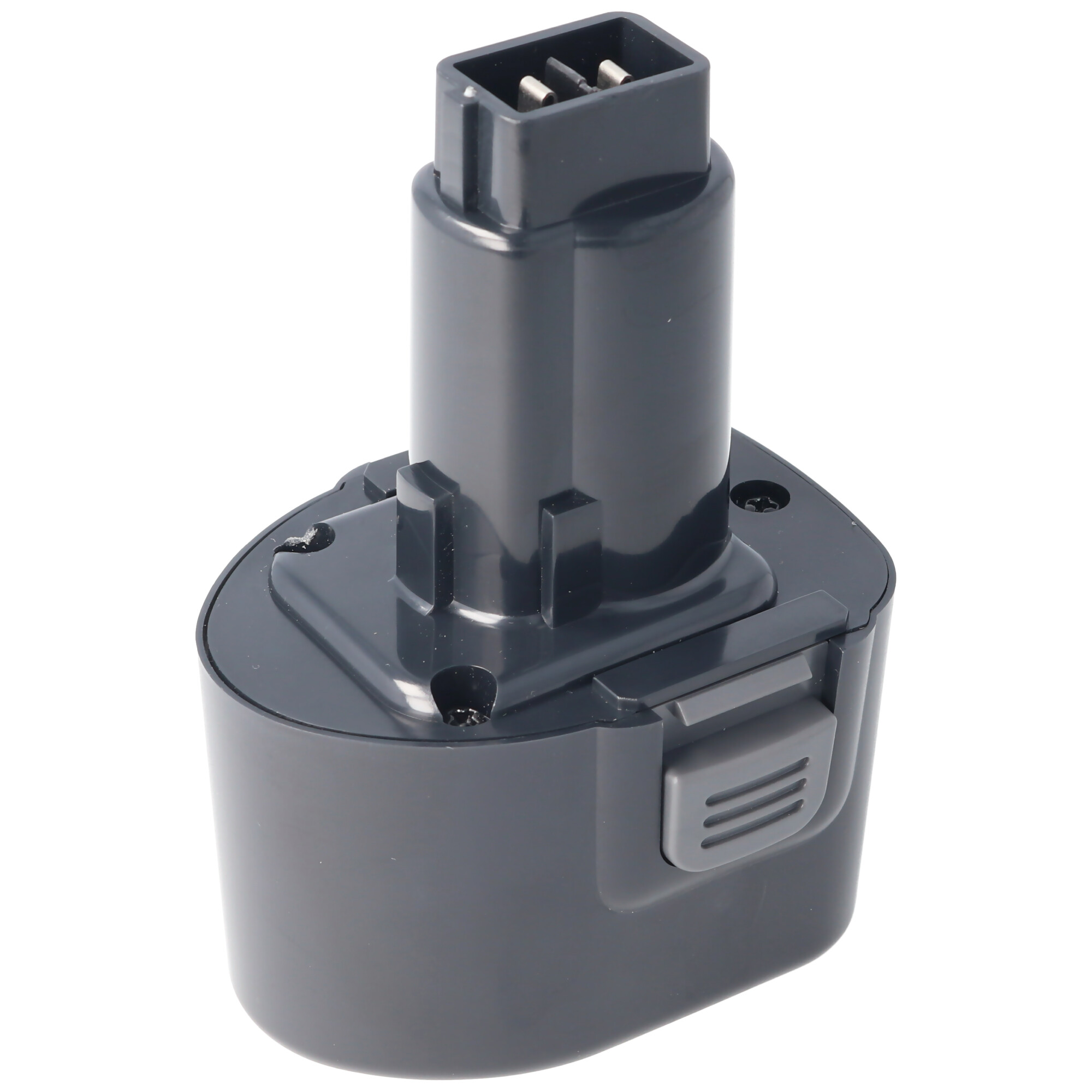

See below for advice on how to choose the best drill for you.īefore you compare individual models, you’ll want to narrow your search based on your preferred drill voltage. Last, we measure sound in decibels at the user’s ear to get a score for noise. As it turns out, all but the smallest models require hearing protection for safe use. This test is a reflection of how big a hole a drill can bore, or how large a fastener it can drive.Īfter the calibrated tests, CR’s experts use each drill to drive screws and drill holes like you would, taking note of aspects such as balance, feel, and ease of adjusting the chuck and speed, and assign each model a score for handling. And of course we use the dyno to measure torque and RPMs, which we translate into our power score. Then we completely drain each battery and time how long it takes it to recharge. To calculate run time, we cycle the batteries on and off to simulate a torturous nature of stop-and-go tasks, such as building a deck. These results, along with measurements taken under different loads, determine the speed score. CR’s test engineers clamp each drill onto the spindle, then run it flat out at each speed, measuring maximum revolutions per minute, or RPM. We conduct all our performance testing on a benchtop dynamometer, or “dyno,” a calibrated instrument featuring a free-spinning spindle and an electronic brake. Read on for everything you need to know to find the right tool for you. You can spend anywhere from $30 to $300 on a new drill. Five brands rated Excellent in both reliability and satisfaction-Bosch, DeWalt, Makita, Milwaukee, and Ridgid.

According to data from our exclusive member survey, two-thirds of cordless drill brands rate favorably for predicted reliability and owner satisfaction. And of the folks who own cordless drills, the majority are happy with their purchase.
BLACK AND DECKER DRILL BATTERY 14.4 V DRIVERS
Impact drivers and cordless drills are indispensable for those who are handy. Impact drivers are extremely powerful, compact tools that drive screws more efficiently into wood, metal, and cement than traditional cordless drills, making them a popular choice for heavy duty jobs like building decks or home improvements. Improved motors and battery life has consistently elevated brand performance in CR’s ratings, which now include impact drivers. Plus, they operate with less friction than brushed motors, allowing them to work more efficiently. They also have fewer moving parts, and because there are no brushes, you never need to think about replacing them. Unlike brushed motors that run at the same rate whether you’re drilling into a softwood, such as pine, or a hardwood, like oak-thereby draining the battery-brushless motors adjust to the level of resistance they encounter and use up less energy. Not long ago, brushless motors (as opposed to the more prevalent brushed variety) were reserved for contractor-oriented brands such as DeWalt, Makita, and Milwaukee, but now they’re available in modestly priced consumer drills from the likes of Kobalt, Porter-Cable, and Ridgid. Many of today’s cordless drills also benefit from a motor makeover. According to the Natural Resources Defense Council, Li-ion batteries have improved so much over the past decade that a newer drill might run 50 percent longer than a drill from seven years ago. Most cordless drills these days run on lithium-ion (Li-ion) batteries, which deliver more power and longer run times in a lighter package than before. You might even need your drill to service other tools. It’s the one you’ll rely on for big projects, such as building a deck and remodeling a kitchen, and for smaller tasks, like installing fixtures and assembling furniture. A cordless drill is the most essential power tool you’ll buy.


 0 kommentar(er)
0 kommentar(er)
